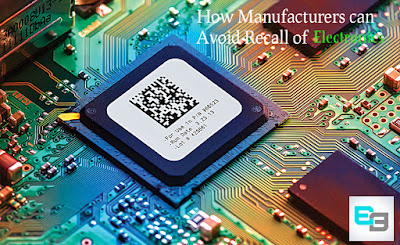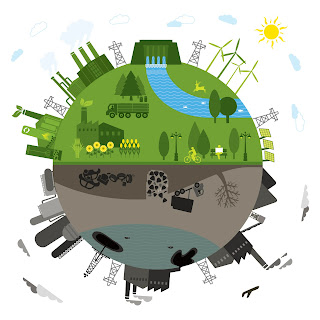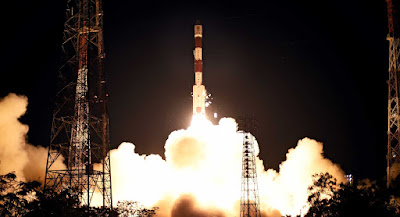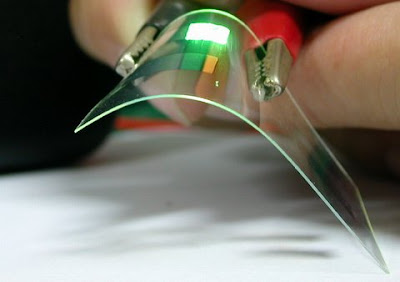Did you know that you are using microprocessors right now to view this very blog? Yes, the computer or smart phone device you are using to view this blog uses microprocessors as the very heart of the system. Today all automated machines whether servers, desktops or laptops all use microprocessors. If you are a gadget savvy person, you may have some idea of different microprocessors available in the markets currently like for instance, K6, Pentium, Sparc, PowerPC etc. While these are only different names for same device – all microprocessors perform similar functions.
While this big name ‘microprocessor’ might seem somewhat foreign; but you may be aware of the other name for it, CPU or Central Processing Unit. A CPU is basically a whole computation mechanism that is built on a single chip. The first microchip was introduced in 1971 and was called Intel 4004. Although it was not very powerful; but it could add and subtract only 4 bits at a time. But what was truly amazing about the device was that it was built with only one chip. Before the inception of Intel 4004, computers were built with collections of chips or isolated electronic components. Hence, something so nano-scale was truly inspiring for the entire electronic community. Although the 4004 powered computer was not really a full-fledges computer in comparison to the modern day devices. It was more like a new calculator that was portable.
To an average Joe how a computer works, may only be a wondrous imagination. But for those interested in digital electronics will find it interesting that all the amazing functions a computer does is base on simple digital logic, made to happen by design. Everything you do on a computer, from playing games, to listening to songs to spell-checking a document is controlled by a microprocessor.
The first microprocessor to have been installed in a home PC was the Intel 8080. It was a complete 8 bit computer contained in a single chip and was launched into the markets on 1974. But the real deal that made a huge splash in the whiz world was the Intel 8088 which was introduced in 1979 and included into the IMB PC that was launched on 1982.
The history of PC market goes on to move further ahead from 8080 to 80286 to 80386 to the Pentium processor, then Pentium II to Pentium III and then to Pentium 4. All these models were designed by Intel and are simply improvements made on the first 8080 model. The Pentium 4 can run any code that the 8080 could but only faster. 5000 times faster to be precise.
To learn more about digital electronics there are several online electronics training courses and other platforms where you can watch interesting electronics videos to expand your knowledge in electronics.
While this big name ‘microprocessor’ might seem somewhat foreign; but you may be aware of the other name for it, CPU or Central Processing Unit. A CPU is basically a whole computation mechanism that is built on a single chip. The first microchip was introduced in 1971 and was called Intel 4004. Although it was not very powerful; but it could add and subtract only 4 bits at a time. But what was truly amazing about the device was that it was built with only one chip. Before the inception of Intel 4004, computers were built with collections of chips or isolated electronic components. Hence, something so nano-scale was truly inspiring for the entire electronic community. Although the 4004 powered computer was not really a full-fledges computer in comparison to the modern day devices. It was more like a new calculator that was portable.
To an average Joe how a computer works, may only be a wondrous imagination. But for those interested in digital electronics will find it interesting that all the amazing functions a computer does is base on simple digital logic, made to happen by design. Everything you do on a computer, from playing games, to listening to songs to spell-checking a document is controlled by a microprocessor.
The first microprocessor to have been installed in a home PC was the Intel 8080. It was a complete 8 bit computer contained in a single chip and was launched into the markets on 1974. But the real deal that made a huge splash in the whiz world was the Intel 8088 which was introduced in 1979 and included into the IMB PC that was launched on 1982.
The history of PC market goes on to move further ahead from 8080 to 80286 to 80386 to the Pentium processor, then Pentium II to Pentium III and then to Pentium 4. All these models were designed by Intel and are simply improvements made on the first 8080 model. The Pentium 4 can run any code that the 8080 could but only faster. 5000 times faster to be precise.
To learn more about digital electronics there are several online electronics training courses and other platforms where you can watch interesting electronics videos to expand your knowledge in electronics.
Related News











